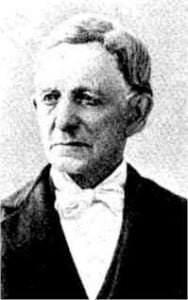What is a missionary school?
The Vernacular In Indian Schools This question is not settled. One thing that has kept it unsettled has been the uncertain use of the term “missionary schools” in the Orders of the Indian Department. What is precisely a missionary school? Let me try to explain. There are three kinds of schools in the nomenclature of the Indian Office, based on the sources of their support. Government Schools, supported wholly by Government appropriationssuch as those at Carlisle, Genoa, etc. These may be left out of the account in this discussion, for no one objects to the Government’s directing the studies in … Read more

